Please add image or text logo

Here is our monthly round-up of news, tips and ideas for your garden this August!
August is the perfect time to make of the most of your garden, with vegetables ripening, flowers blooming, and the school holidays in full swing – bringing the promise of lively summer barbecues and outdoor entertaining!
This month is ideal for tidying up, savouring the rewards of your hard work and planning ahead for autumn.

• Prune summer-flowering shrubs – Many summer-flowering plants will finish blooming in August, so this month is an ideal time to prune them. Roses will especially benefit from pruning between now and early winter – reduce the plant’s size by about a third to prevent wind rock.
• Regularly turn compost – Over the coming months, more compostable material will become available in your garden. To encourage speedier decomposition, stir the contents of your compost bin about once a month.
• Cut back faded perennials – It is not too late to cut back hardy perennials, such as Cat Mint and Lady’s Mantle. They may re-flower, depending on the weather, but they will otherwise produce new foliage – which will keep your garden looking healthy.
• Sow hardy annuals – If you’ve been planning the flowers and colours you’d like to see in your garden next year, the end of August is the time to begin planting hardy annuals – such as pot marigold, opium poppy and quaking grass.
• Deadhead regularly – Continue to deadhead plants that are past their best to encourage them to produce flowers throughout autumn. Dahlias benefit greatly from this – you can even cut their stems to plant indoors for beautiful displays.
• Protect delicate plants from the sun – Even opening vents in a greenhouse can sometimes not be enough to protect plants from the sun when it’s at its hottest. Those with delicate leaves or abundant growth, such as leafy herbs, are often most at risk of damage. Put these plants in complete shade if the weather is due to be hot, but avoid starving them of light for too long.
• Look out for pests – At their peak during the summer months, Asparagus beetles lay tiny dark eggs on asparagus foliage. This larvae will feed on the asparagus, damaging current crops and impacting how well they will perform next year. If you find any of these pests or their larvae, remove them from the plant and throw them into a bucket of soapy water.
• Intercrop – Fast-growing crops, such as kohlrabi, are perfect for growing in the spaces between slower-growing veg, as they can be harvested before the slower ones need the space to grow.
Visit one of our centres to pick up essential gardening tools!
Need some ideas for a fun day out with your children? Look no further!
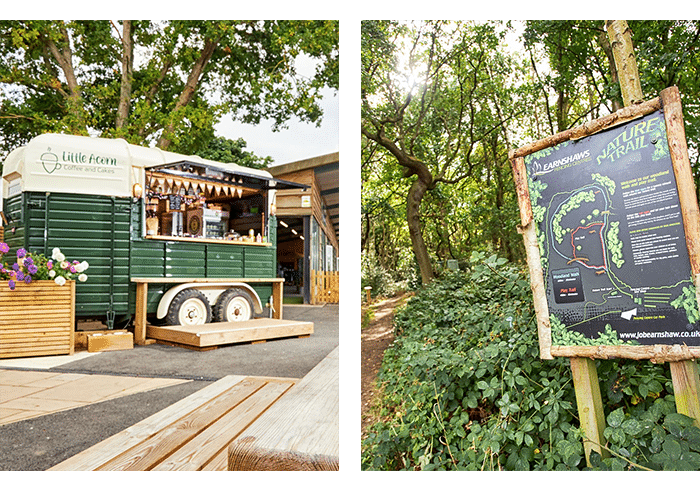
Our Midgley centre is an ideal destination for a family outing! You can visit our popular ‘Little Acorn’ coffee stop and have the option of two woodland walks.
The Little Acorn is housed in a converted vintage horse box, where we serve a variety of hot and cold food and drink daily, including Yummy Yorkshire ice cream!
Have an adventure with your children on our two nature trails of differing lengths. There are historical facts about the area dotted throughout, so you can explore and learn at your own pace!

Discover the nature-themed fairy trail at Midgley! It’s a FREE family activity for summer break. Let your children run, explore, and learn about local nature.
Each fairy represents a woodland species, with unique wings designed by artist Lanson Moore. Find hidden fairies, discover top tips, and uncover interesting facts along the way.
Don’t miss this opportunity to create memorable summer moments with your family!
Pick up your Hidden Fairy Nature Trail activity sheet from the Little Acorn and let the magical fairy search begin.

This year, the Emley Show will be taking place on Saturday the 2nd of August at Factory Farm below Emley Moor.
Attracting over 7,000 visitors each year, the show promises to be a fantastic day out for garden lovers during the summer holidays!
The amazing location ‘beneath the mast’ in the beautiful Yorkshire countryside allows families and exhibitors to enjoy a wide range of activities, agricultural events, country crafts, family entertainment, and competitions.
Find out more here.
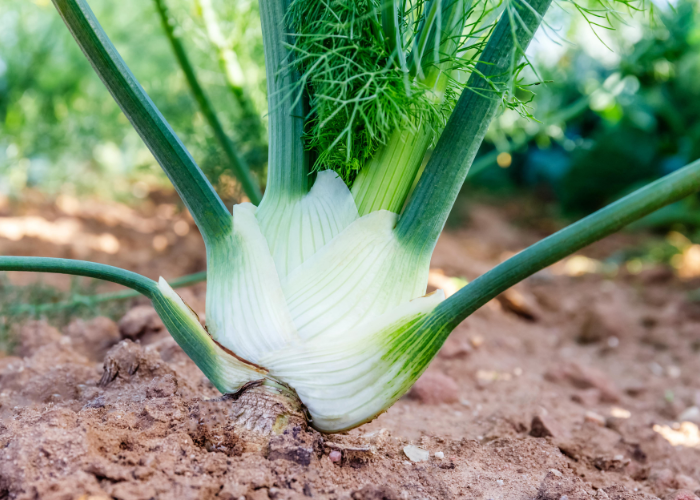
• Florence fennel – Sow the seeds 2.5cm deep and 30cm apart. To prevent this plant from bolting, keep the soil moist. Adding a thick layer of mulch will help the soil to maintain its moisture.
• Kohlrabi – Sow kohlrabi 1.5cm deep and 23cm apart. Avoid the crop becoming wood-like, by harvesting when the swollen stem is no larger than a tennis ball.
• Pak choi – These leafy greens should be sown 2cm deep and 30cm apart. Water regularly to ensure the soil stays moist, as this encourages plentiful leaf growth.
• Spinach – Sow 2cm deep and 15cm apart. Use fine-mesh netting to protect the leaves against damage from pests and birds.
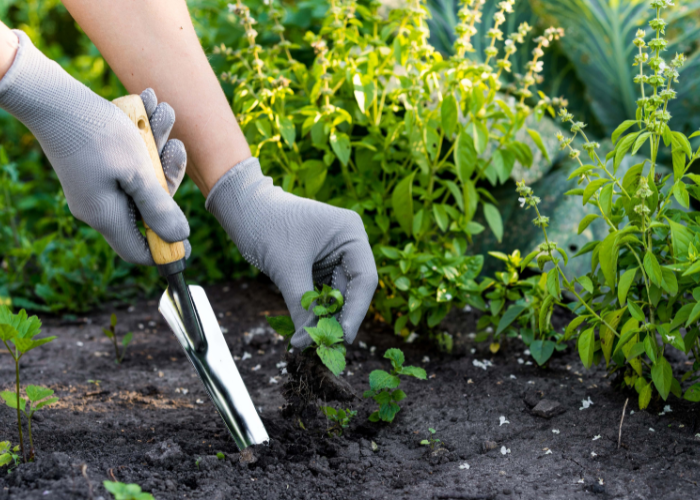
Here are some chemical-free ways to remove and prevent weeds!
• Leafmould – This naturally occurring product can be left as it is on soil or can be collected in autumn, left to rot and then then applied. It is best used as soil enrichment for woodland and shaded gardens.
• Gravel – Best used on informal pathways and driveways. Apply a 2.5cm-thick covering of gravel over a layer of scalpings, if possible, to suppress weeds. Hoe any weeds that do make their way through the gravel.
• Weed-suppressing membrane – Ideal for use among shrubs that don’t need to be accessed regularly, weed control fabric is fine enough to prevent weeds growing but still allow rain through and can be hidden with a layer of mulch.
• Newspapers – Lay a substantial amount of newspaper over weed growth and weigh it down in order to smother it. The paper will eventually rot and become organic matter, but can be layered with wood chippings for a more tolerable appearance!
• Chipped bark – A natural-looking and long-lasting option for weed suppression. Cover the area in a 3cm-thick layer.
• Hoeing – Hoe over bare areas of soil every week to sever the tops of the weeds from their roots. This also creates a drier surface that helps to prevent further germination.
• Groundcover planting – Low-growing plants provide a dense mass of growth, perfect for suppressing weeds. This solution is ideal for the front of borders or under trees and shrubbery.
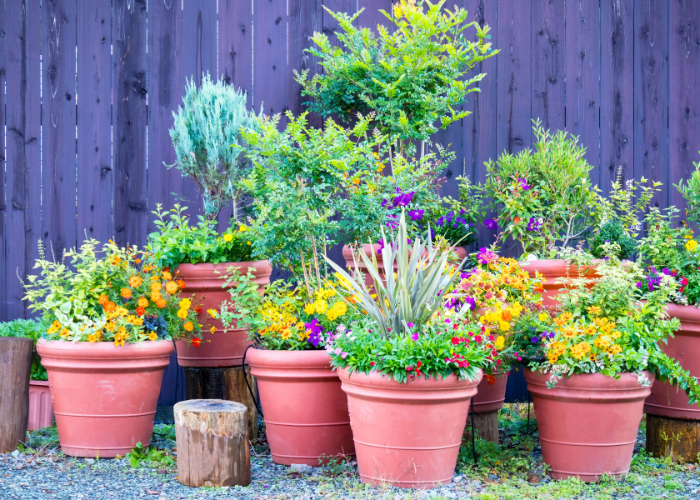
Summer is peak holiday season, but your pots and containers can quickly dry out in the heat if left alone. Here are some top tips to keep your potted plants healthy whilst you’re away on holiday:
• Prep before you go – Deadhead and prune flowering pots by cutting off fully open blooms. This will stop seed production and encourage fresh buds. You can also mow and edge your grass in order to retain moisture.
• Be strategic with watering – Give all your pots a thorough soak before just before you leave, ensuring you place them in a shaded area to prevent them drying out too quickly.
• Ground your pots – Pushing small pots into soil or burying them partially in beds will help your plants draw moisture from the earth.
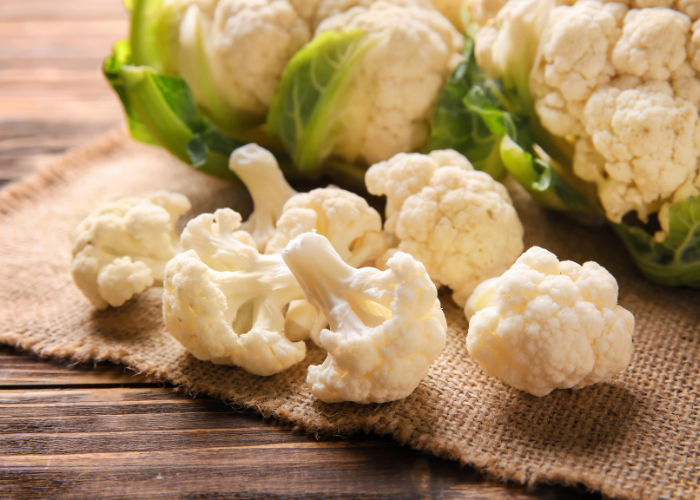
• Cauliflower – Cauliflowers sown in spring should be ready to harvest. Cut the main head when it is around 6-8 inches in diameter, but keep the plant in the ground, as it will continue to produce smaller florets.
• Cucumbers – Check cucumber plants regularly, as the fruits can grow rapidly. It is best to harvest cucumbers when they are young, as older plants can become bitter.
• Runner beans – Harvest runner beans when they are young and tender, around 15-20cm long. Harvest every few days to keep them producing – if a pod reaches maturity, it will stop flowering completely.
• Broccoli – It is best to harvest broccoli in the morning when the florets are firm, just before they flower. If there are any yellow petals, harvest immediately as the quality of the plant will begin to decrease rapidly.
• Blackcurrants – Some varieties of blackcurrants will continue to produce fruit well into August, however early harvests can be frozen to enjoy later in the year.
• Blackberries – These berries tend to reach their prime between August and September. Be sure to pick the firmest berries, as squashed berries will spoil quicker.
• Blueberries – Once a berry changes from green to a dusky blue, it is ready to pick. The berries won’t all ripen at once, so it is best to check them regularly and harvest as required.
• Raspberries – Raspberries can continue ripening until the first frosts, but the fruits are ready to pick when they are rich in colour, plump and easy to pull off the plant.
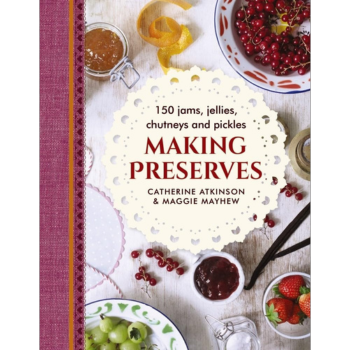
Making Preserves: 150 Jams, Jellies, Chutneys and Pickles by Maggie Mayhew and Catherine Atkinson
There is nothing more satisfying than stocking the shelves of your store cupboard with your own preserves, and this book is the ultimate guide.
Available from Amazon here.
“August is the border between summer and autumn: it is the most beautiful month I know.”
– Tove Jansson